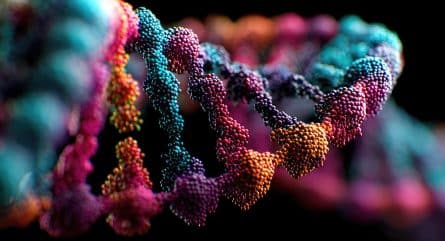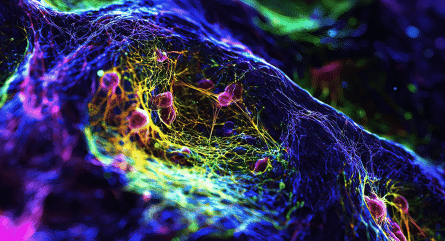General suggestions for avoiding false positives in your negative template control (NTC) sample
- Use water, tubes, and reagents that you are sure to be sterilized (see IDT buffers and solutions).
- Aliquot your probe and primers into the volumes required for a single experiment. This will decrease the chances of contamination, allow you to start with a fresh tube if you do have contamination, and minimize freeze–thaw cycles that can reduce oligonucleotide quality. Always include appropriate positive and negative controls in your experiment.
- Use separate dedicated PCR work areas for reaction setup preferably in a PCR set up hood in a clean room that are well away from any possible nucleic acid contamination. Addition of the template and subsequent handling of the amplified product should be away from the PCR set up hood, in an area easy to decontaminate. Decontaminate PCR work areas regularly with 10% bleach and UV irradiation.
- Use 10% bleach to clean micropipettes regularly. Use sterile, filter tips for pipetting to minimize contamination from aerosols. We recommend having separate pipettes and pipette tips for PCR setup and post-PCR analysis.
- Place the no template control (NTC) wells as far as possible from positive samples.
- Late amplification [beyond cycle 34 for SYBR® Green (Thermo fisher Scientific) dye–based assays] may not be indicative of a positive NTC as it could also be a result of dimer amplification. Perform melt curve analysis after PCR to check for primer-dimers.
If you do find contamination in your NTC sample
- Be sure to replace all reagents and stock buffers and thoroughly clean PCR preparation areas.
- Check whether the probe is degraded. In such situations, there may still be signal from free dye and/or high background. Signal to noise assessment, mass spectrometry, or a fluorometric scan can be used to address possible probe degradation.
- Use a hypervariable region for the species-specific gene or a novel sequence as a control if you are repeatedly seeing false positives.
Avoiding false positives when using universal primers for bacterial identification
In PCR experiments, amplification in the “no template control” (NTC) before the ~38th cycle with probe-based assays (or ~34th cycle when using intercalating dyes) is a sign of false positives and/or contamination. This section addresses false positives that occur during bacterial research when primers and probes are designed to detect common sequences, such as ribosomal RNA (rRNA).
Am I amplifying DNA from my reagents or consumables?
The exponential PCR process can amplify a single copy of DNA. Thus, it is important to consider the pervasiveness of the chosen primer or probe sequences. There are some DNA sequences, such as bacterial genes for 16S or 23S rRNA, that can be found almost anywhere. While not commonly used for RT-PCR or gene expression studies, rRNA sequences are often used for characterizing environmental species diversity, such as bacterial strains within the intestine or in saltwater marshes. For such applications, genomic DNA, rather than RNA or cDNA, is used as the sample.
Choose a hypervariable region for the species-specific gene or novel sequence
In 16S rRNA experiments, a better approach may be to choose a unique sequence from the hypervariable region of 16S rRNA gene. Alternatively, a conserved, species-specific gene may be used. Blocking oligos and/or clamps can also be used to block amplification of common sequences and enhance the amplification of a rare sequence.
As new sequences are deposited into the NCBI database, it is essential to perform a BLAST search of every primer and probe sequence used in PCR to check for cross reactivity.
Bacterial ribosomal sequences can be amplified readily from virtually any bacterial source, including bacteria-derived Taq polymerases used to amplify them, as well as non sterile tubes and pipette tips. Hence, if a positive NTC is observed, testing with different master mixes will help rule out the master mix as the cause of contamination.
For research use only. Not for use in diagnostic procedures. Unless otherwise agreed to in writing, IDT does not intend these products to be used in clinical applications and does not warrant their fitness or suitability for any clinical diagnostic use. Purchaser is solely responsible for all decisions regarding the use of these products and any associated regulatory or legal obligations. Doc ID: RUO23-1911_001
























